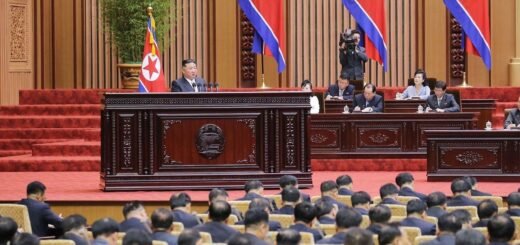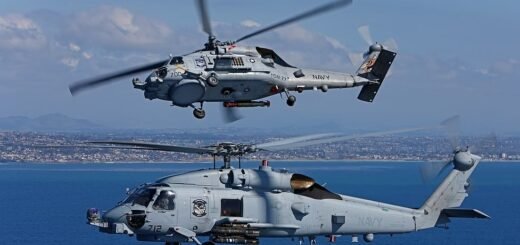Project Karakurt: Diplomacy or Threat of Proliferation?

File photo: Project 22800 Karakurt class Corvette Taifun/Russian Defence
The Project 22800 corvettes, or what has been codenamed by the Russian Government as Karakurt is a missile corvette class which is currently under construction by the Russian Navy. It is scientifically constructed to be more seaworthy and is planned to deployed in Russia’s Caspian Flotilla and Black Sea Fleet.
In July 2017, the Russian Deputy Defense Minister – Yuriy Borisov, announced six more corvettes were being constructed for the Russian Navy. This class of Corvette is being equipped with the Kalibr- NK long-range cruise missile and the medium range anti-ship P-800 Oniks.
On July 30, 2018, the Russian Government announced that some of these Corvettes will be supplied to China, India, Vietnam and other countries in the Asia – Pacific region. The news was announced by Borisov himself. He felt the reasonable price, small size and speed gave the ship good export potential to Asia-Pacific nations. The current units operate in multiple units of the Russian Navy such as the Northern, the Baltic, the Black Sea Fleet and the Caspian Flotilla as planned.
There, however, lies an issue regarding the planned sales. The problem for Russia is that other than India, the rest of the nations that Borisov had mentioned are not part of the MTCR agreement. The sale of heavy weaponry of this nature is generally discouraged to non-MCTR nations, with many discouraging the sale to MCTR nations itself. The MCTR website, on the other hand, states that no member of the MCTR is obligated to provide other partner nations with technology and no member nation is entitled to receive it by default.
The MCTR Guidelines state that the partner nations are expected to practice an appropriate degree of accountability when it comes to trade with each other. The member nations are bound by a “no – undercut” policy where each member is supposed to consult each other before exporting certain items that other members feel is not pursuant to the MCTR Guidelines. However, complying with the Guidelines is left up to the members, even when international security critics feel that compliance is highly essential to prevent an outright arms race.
The Guidelines state that partners are expected to act responsibly and within limits with regard to the exporting of items that could result in a proliferation of the same such as heavy weaponry like missiles capable of carrying WMDs. The members themselves are expected to set the standard for non-proliferation and help shape international policy regarding these matters by leading by example. The Partners are also expected to regulate all imports and exports of items listed in the MCTR Annex as per the MCTR Guidelines, which mostly consist of technology and equipment.
While nations like India and China have been common purchasers of Russian military equipment, the trust of other Asia – Pacific nations is yet to be earned. The risk of proliferation of technology is always looming when transactions of this nature occur, but when larger powers like India and China are involved, the long-standing weapon sales tradition comes into the scene. This is so as the diplomatic relations of such larger powers are often shaped by the military sales of this nature.
*Rayan Bhattacharya is a Research Intern at The Kootneeti



















